Optical modules represent a specialized segment derived from the development of the optical fiber communication industry, reaching a certain stage of advancement.
In 1960, the laser was invented.
By 1962, semiconductors were utilized in laser production. Although the electro-optical conversion efficiency was extremely low and the operational lifespan very short, the theoretical foundation for semiconductor lasers was established.
1966 marked the establishment of the theory that optical fibers could be used for communication.
The period from 1970 to 1980 saw advancements in optical fiber manufacturing processes, alongside the development of semiconductor laser theories and production techniques.
Around 1985, the industrialization of optical fiber communication began.
By 1995, optoelectronic signal converters, used for optical fiber communication, began to be mass-produced.
The role of optical modules is to convert optical signals into electrical signals and vice versa.
1995 was a pivotal year—the era when the internet entered households, Windows 95 was introduced, and personal computers became commonplace. This era witnessed activities such as sending emails, viewing images online, engaging in social interactions, discussing gossip in communities, and shopping on the web. As a result, communication traffic began to surge.
The conversion interface for optoelectronic signals evolved from megabit speeds to gigabit speeds (1Gbps). This progression gave rise to the name GBIC:
Giga Bit refers to 1Gbps.
Converter highlights the conversion of optical signals and electrical signals.
Interface signifies a standardized industry interface encompassing optical, electrical, signal, and physical connections—creating a structural standard akin to a “screw” of the industry standard.
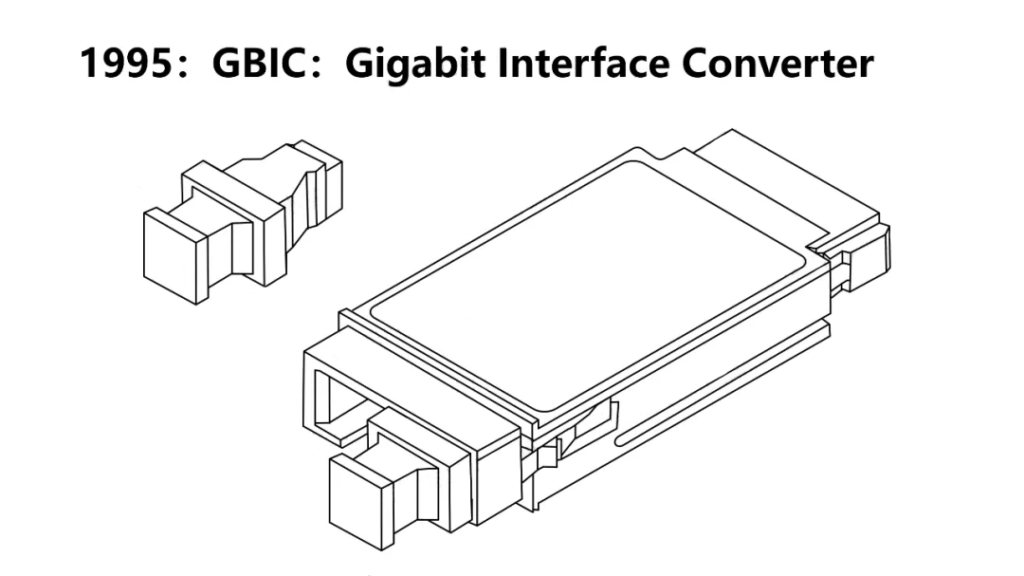
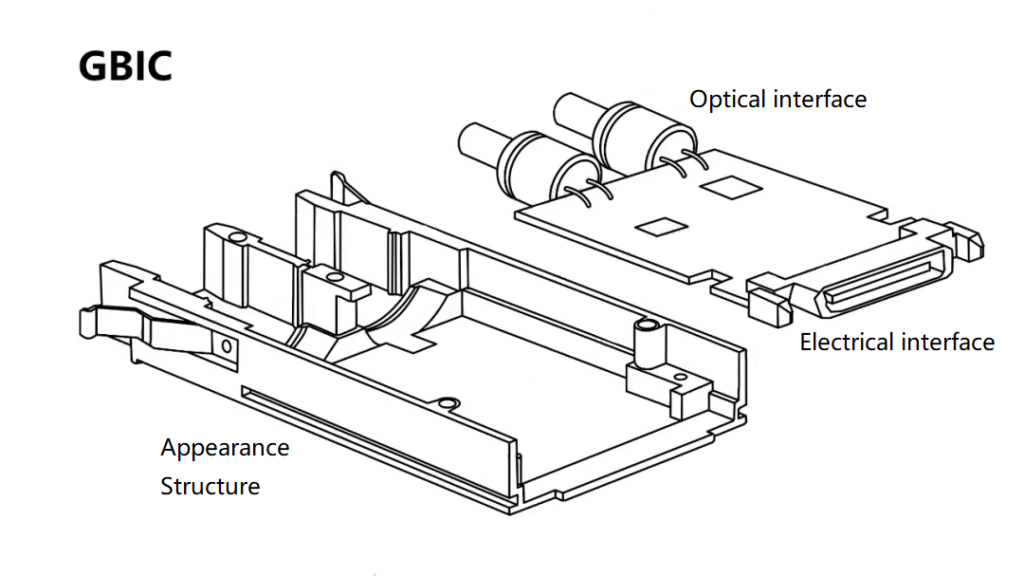
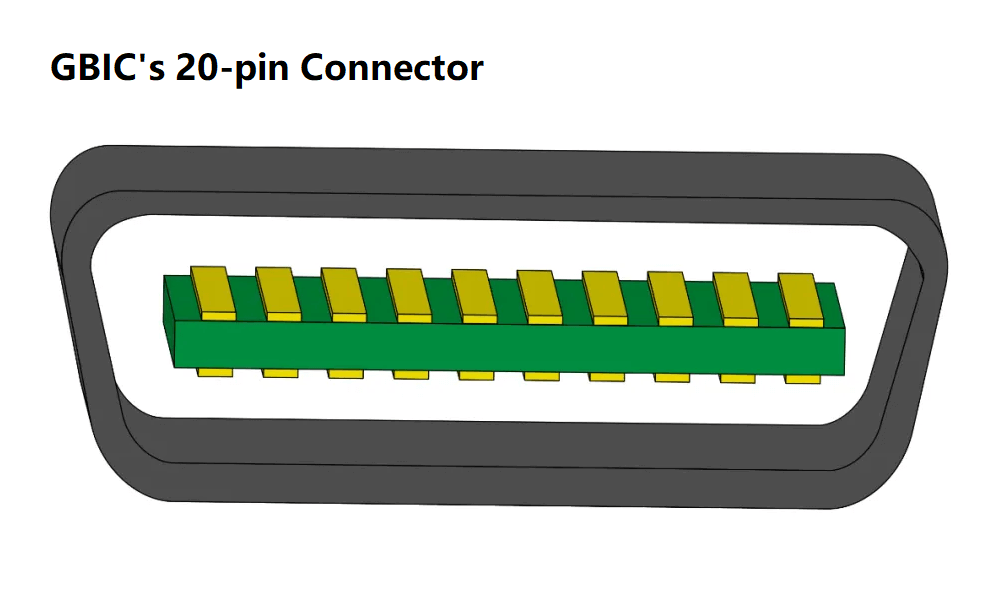
With industry growth, there was a desire for increased module connections within the same space. Around 2000, SFP emerged—a smaller form factor than GBIC. It enabled the same 1 Gbps signal conversion but came in a more compact design.
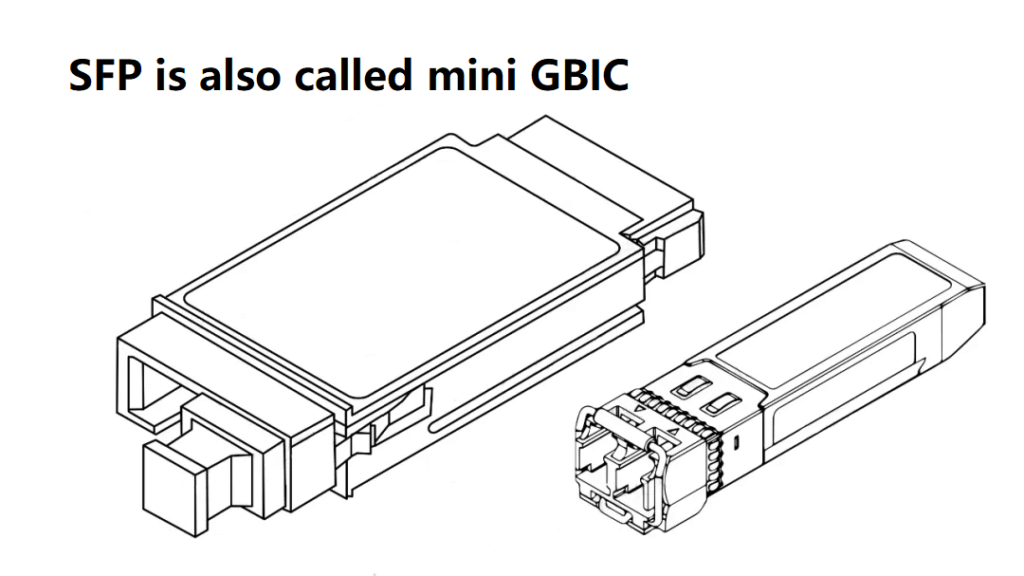

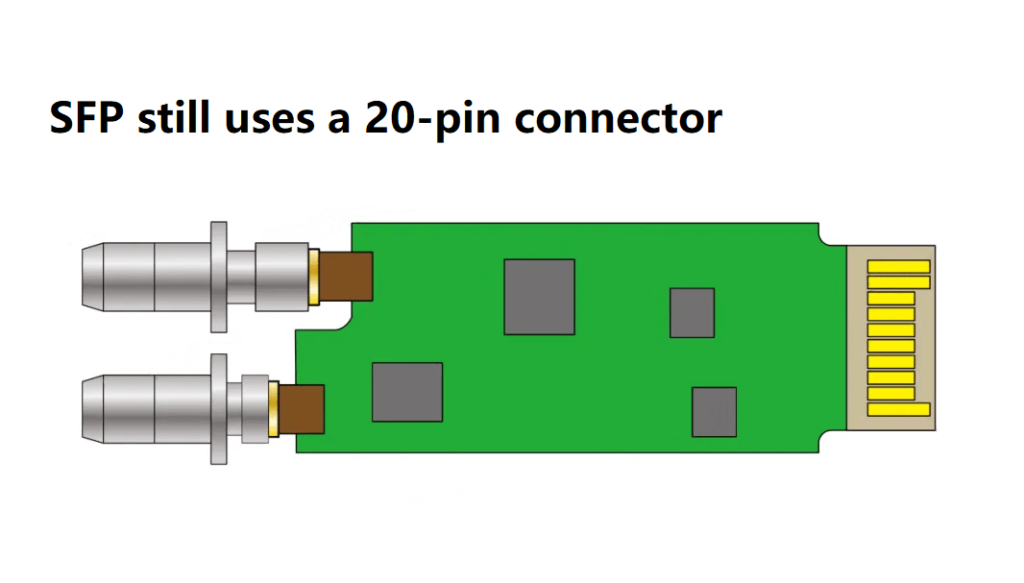
Since its introduction, SFP has demonstrated remarkable longevity. Initially designed to achieve Gbps-level conversion, which was considered high-speed at the time, the module’s shape and size remained largely unchanged as speeds increased to 2.5Gbps, 10Gbps, and even 28Gbps. In 2019, SFP28 became the predominant optical module form factor for front-haul applications in 5G (Fifth Generation) mobile base stations. Over the past two years, it has continued to evolve, supporting speeds of up to 56Gbps and 112Gbps.
The defining feature of SFP is its 1x structure: one transmission channel and one receiving channel.
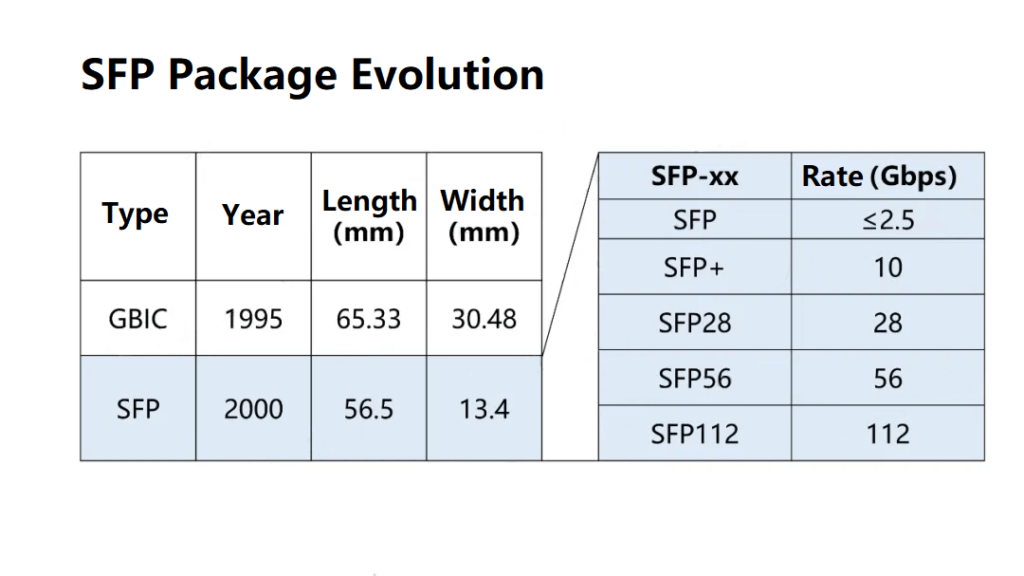
Looking back two decades, the 1Gbps Ethernet optical module had already become a standard, while efforts were underway to establish standards for 10Gbps optical modules.
The 2000 SFP standard was designed for 1Gbps.
The 2001 Xenpak standard, representing 10Gbps Ethernet modules, showcased a significantly larger form factor. At that time, this was a necessary compromise, requiring extensive auxiliary designs and multiple channel configurations, particularly for electrical signal designs, to accommodate the components enabling 10Gbps conversion in such a large enclosure.
The “X” in Xenpak signifies the Roman numeral for 10.

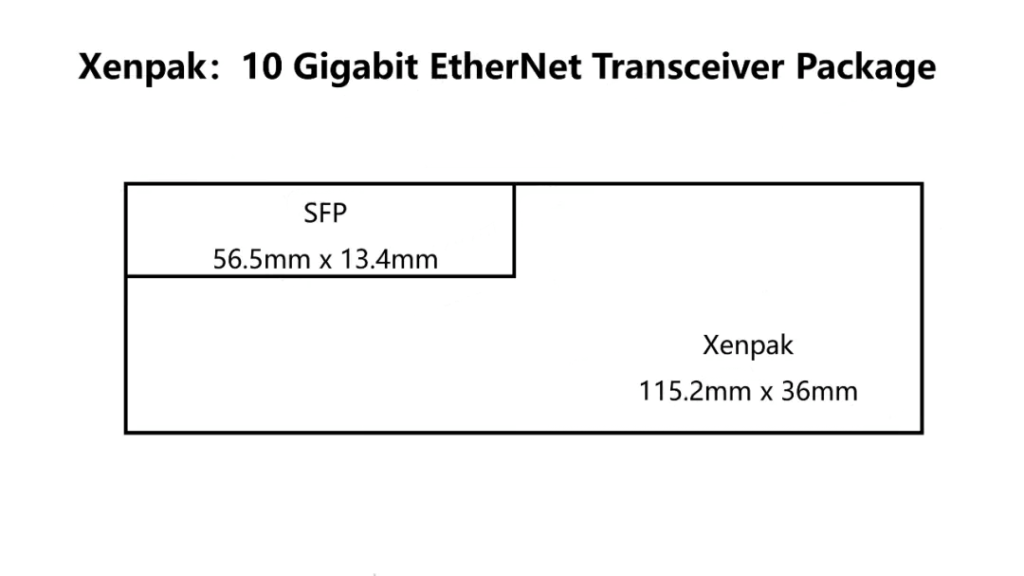
Subsequent efforts focused on miniaturizing 10Gbps modules. X2 represented a smaller design of Xenpak, while XFP offered an even more compact form factor than X2.
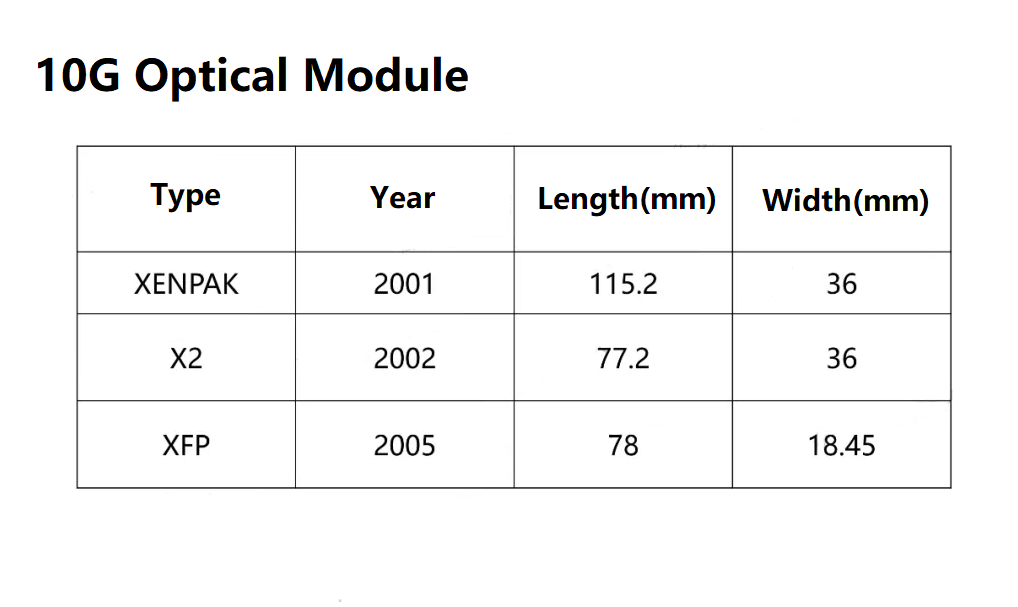
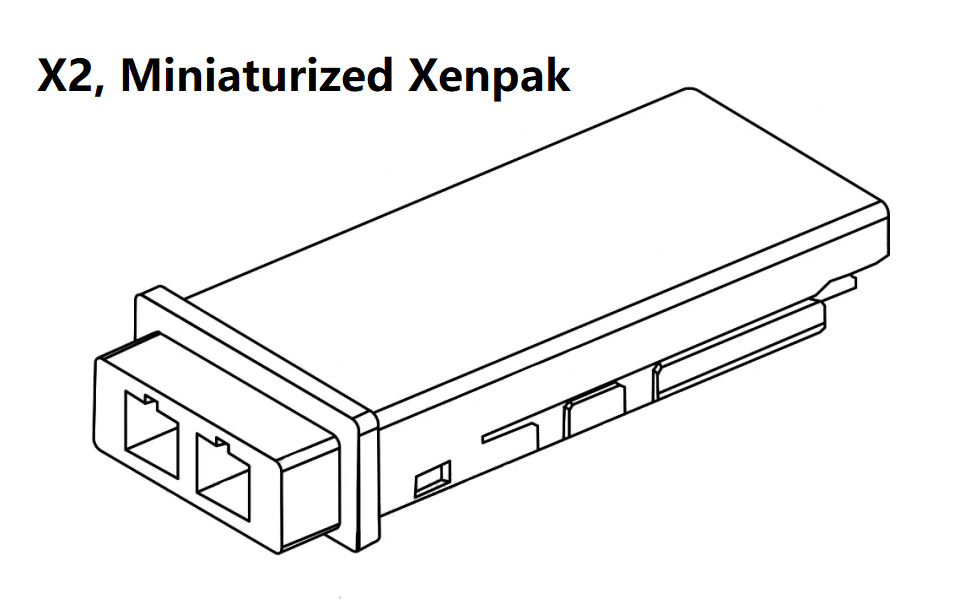
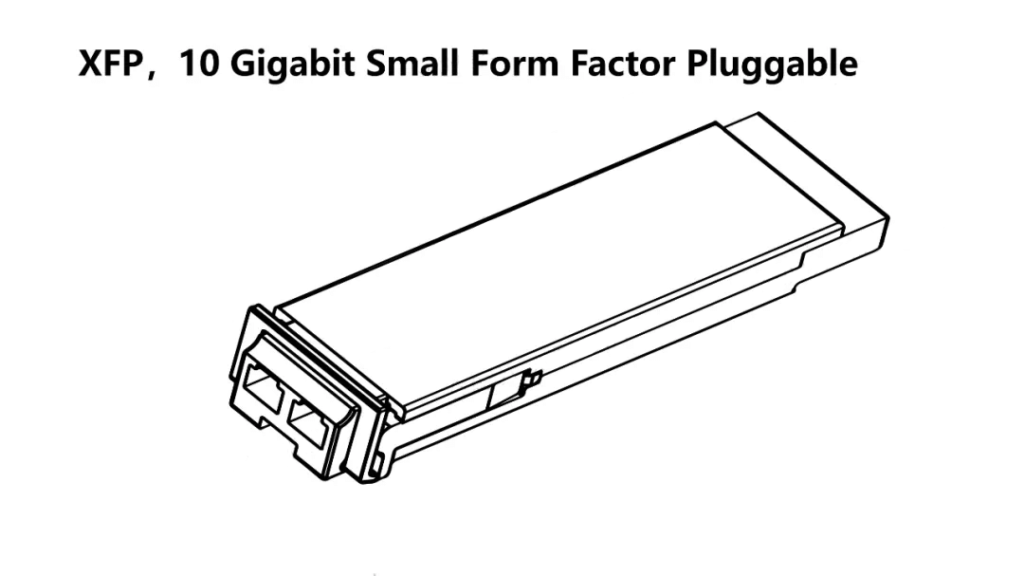
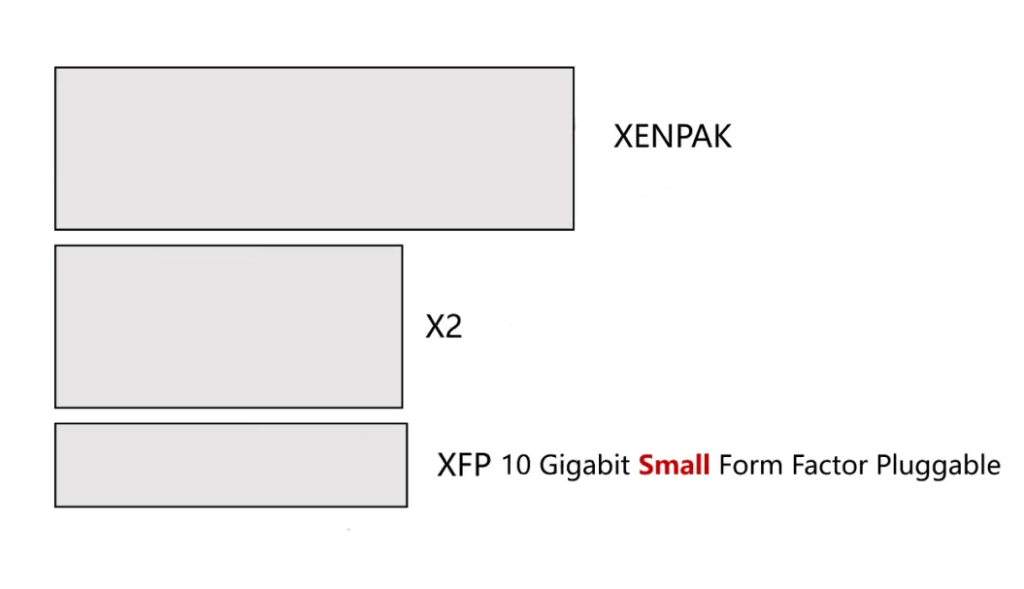
The development of optical modules has followed distinct trajectories, with the Xenpak, X2, and XFP series continuing their progression while earlier designs, such as GBIC and SFP, have also advanced.
By 2009, the upgraded SFP version, SFP+, was introduced. It supported a capacity of 10Gbps and was slightly smaller than XFP, gradually replacing some of XFP’s market share in the industry.
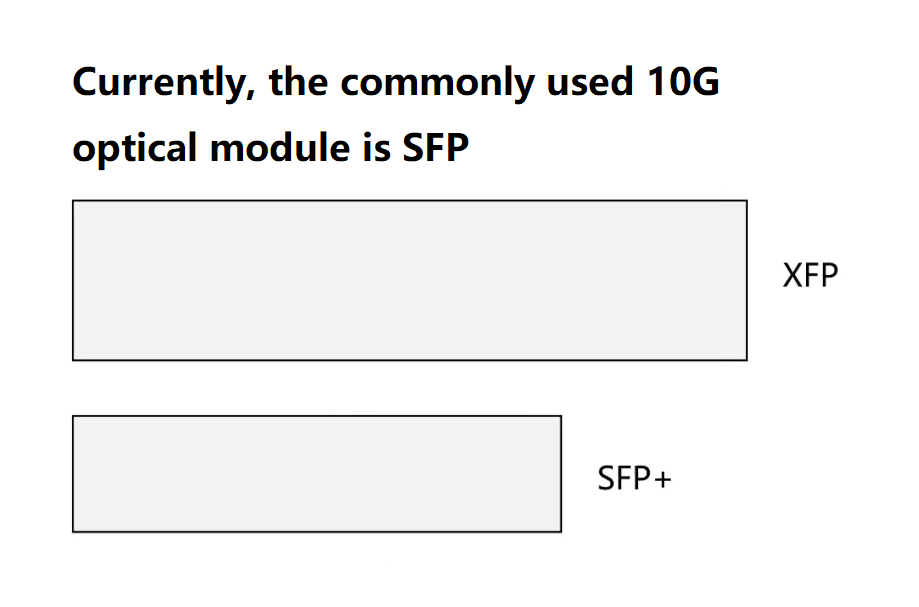
Following this, the era of 100G optical modules began. In 2009, the transition of 10G modules—from the large Xenpak to X2, XFP, and SFP+—resulted in progressively smaller dimensions. Concurrently, the standardization of 100G optical modules with 10 channels began, under the name “100G hot-pluggable packaging,” where the “C” represents the Roman numeral for 100.
Comparing the size of the original CFP reveals its substantial dimensions.
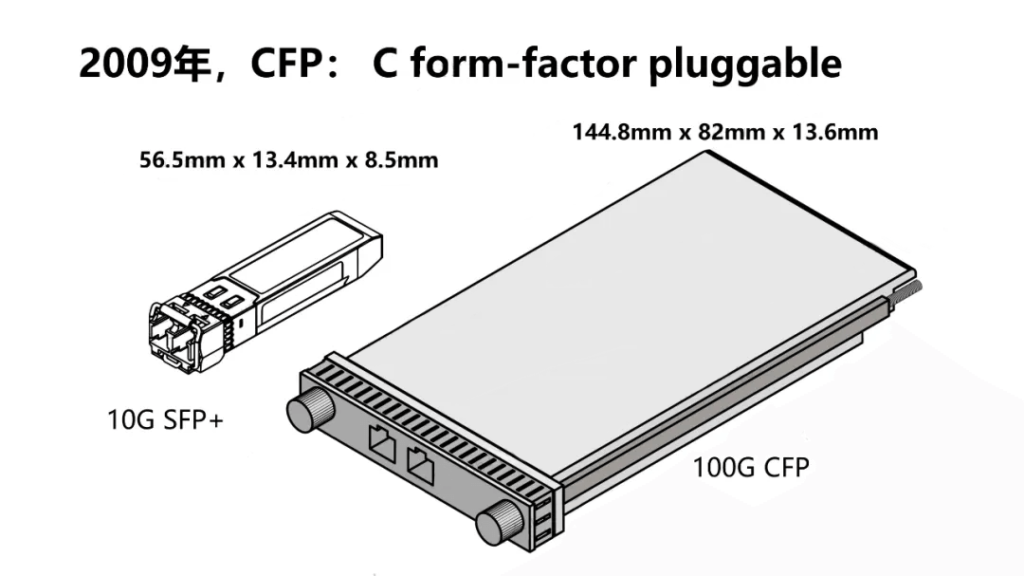
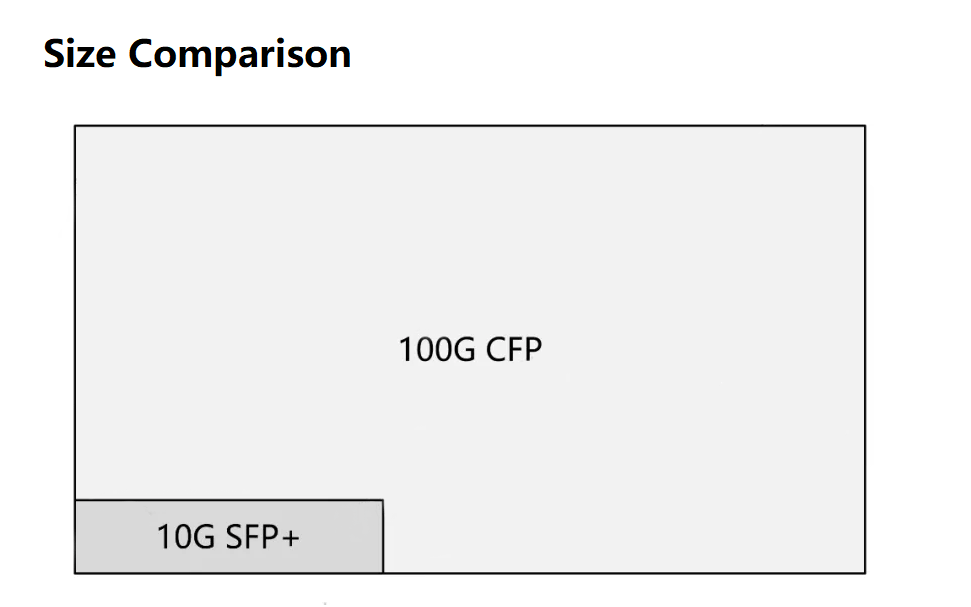
As the industry developed, the second and third generations of CFP modules—commonly referred to as CFP2 and CFP4—were defined in 2013 and 2014.
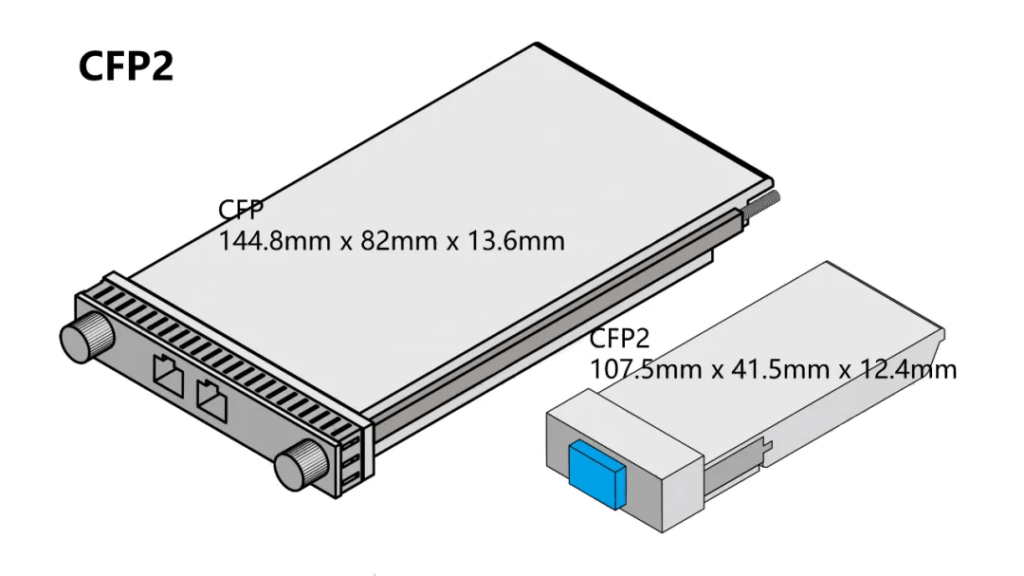
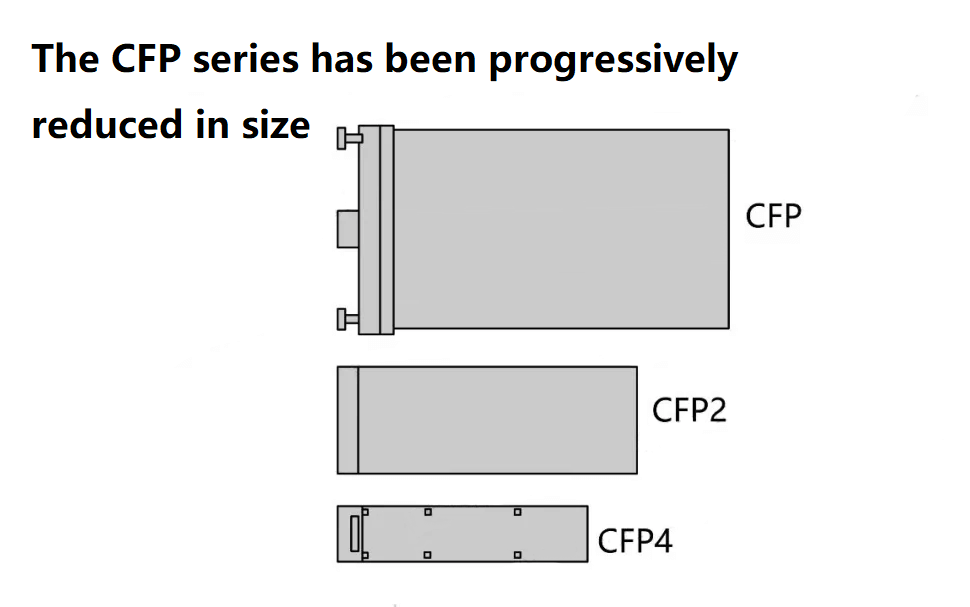
Between 2012 and 2014, the optical module market for data centers experienced explosive growth. After the brief phase of 40G optical modules, the market transitioned to 100G data center optical modules.
At the time, the CFP4 module had a relatively larger size, which was specifically designed for 100G. The performance of its connectors was superior. However, the QSFP+ series, featuring 4x SFP channels, evolved rapidly, and the QSFP28 100G module dominated the market with its simple, cost-effective design.
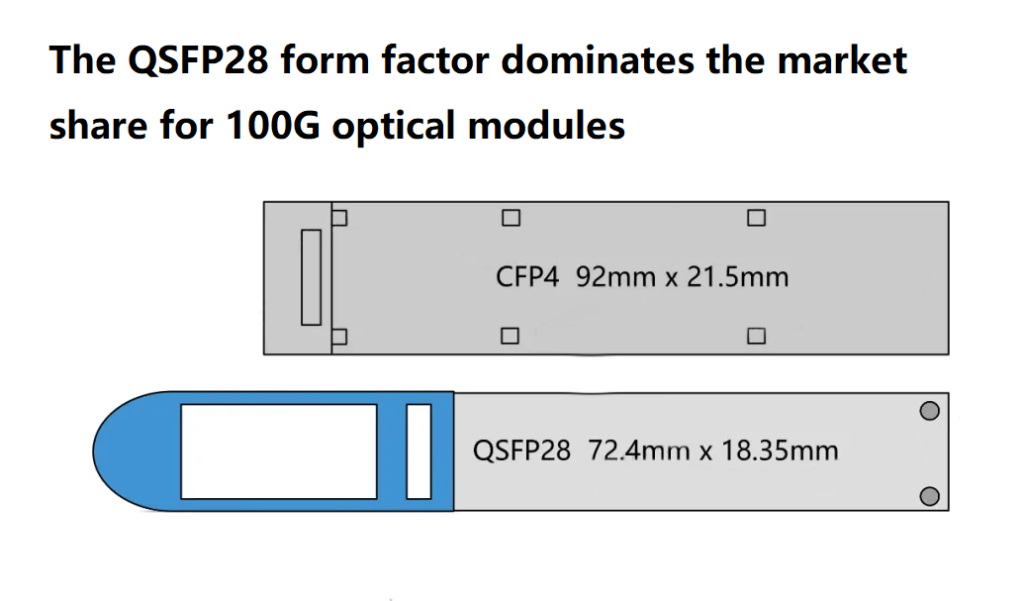
After 2014, the QSFP series gained substantial traction. Within the constraints of maintaining a consistent form factor, the series optimized bandwidth and enhanced bit-rate conversion capacity for 100G, 200G, and 400G data center optical modules. Consequently, the CFP4 module type became less prominent.
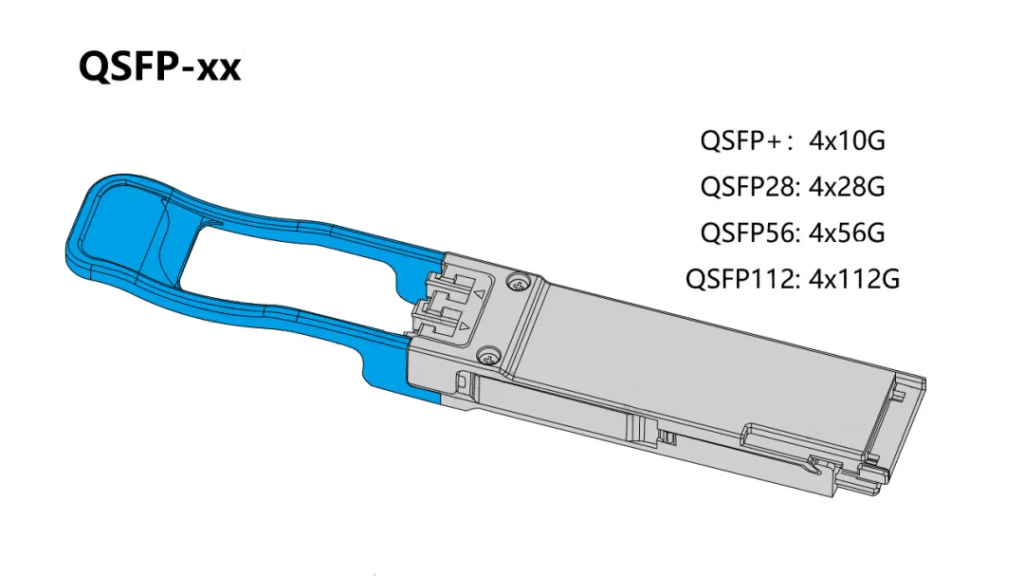
From 2017 onward, the industry began focusing on 400G modules. At the time, several options emerged:
The CFP8, an extension of the CFP series.
The OSFP, representing a newly defined structure, where “O” refers to 8x channels.
The QSFP-DD, a derivative of the QSFP series, designed with double-density capabilities.
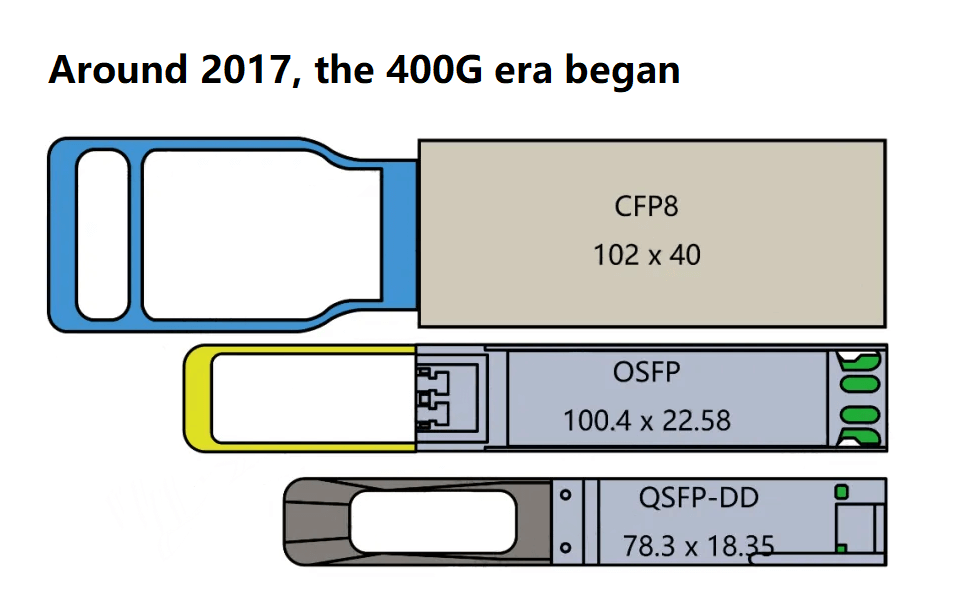
The CFP series was initially defined for 100G applications. To achieve 400G, the traditional industry approach was to enlarge the module size. As a result, the CFP8 module returned to a form factor close to the dimensions of CFP2.
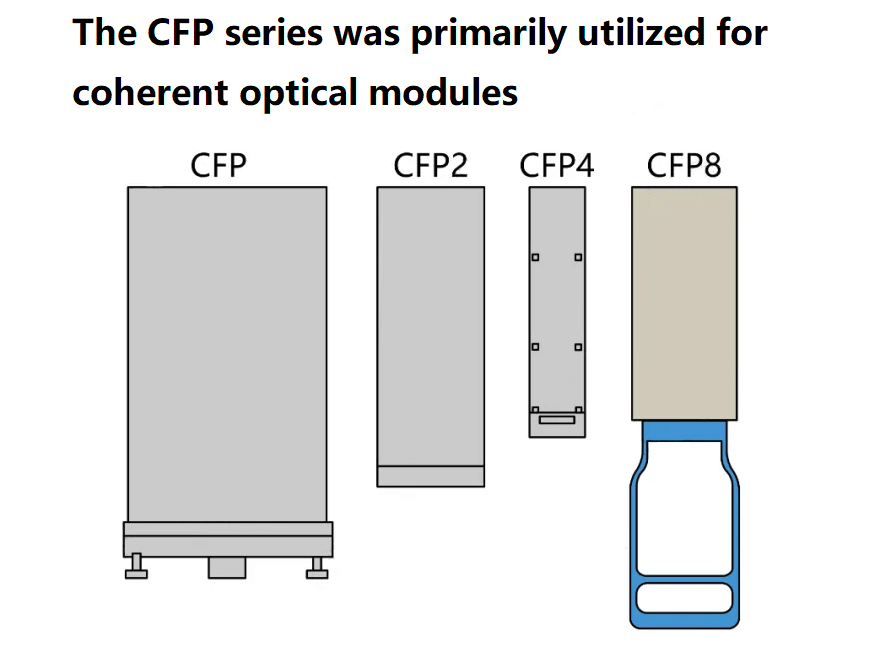
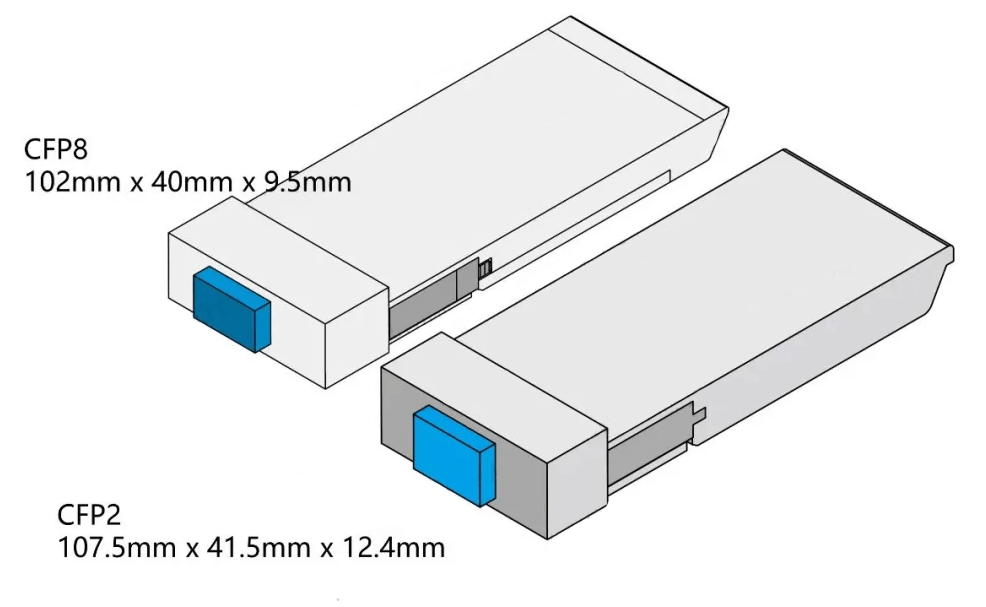
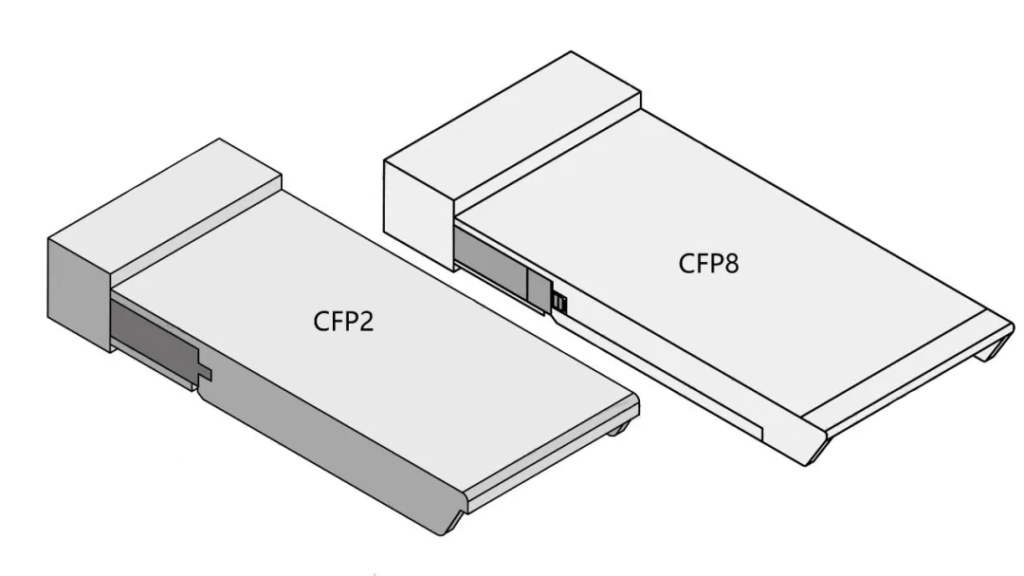
The OSFP introduced a new structural design during this time, while the QSFP series incorporated double-density (DD) functionality within its framework.
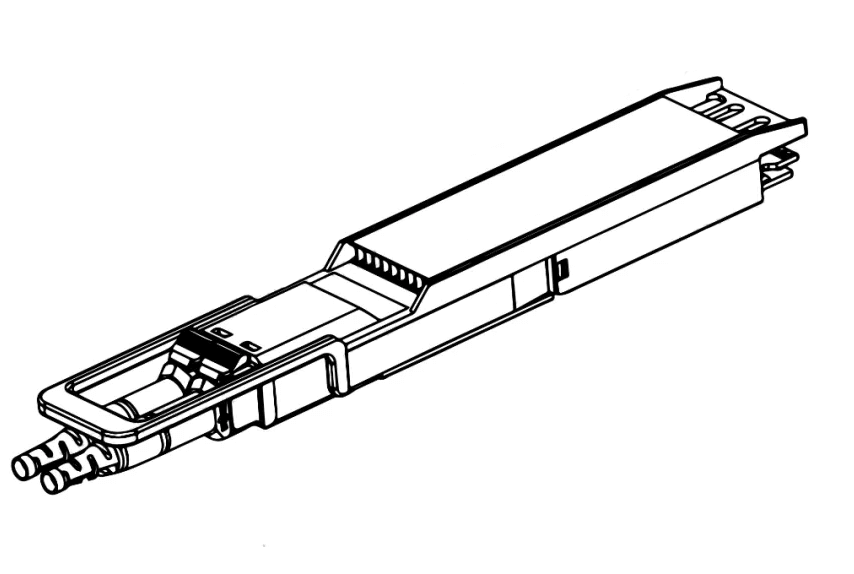
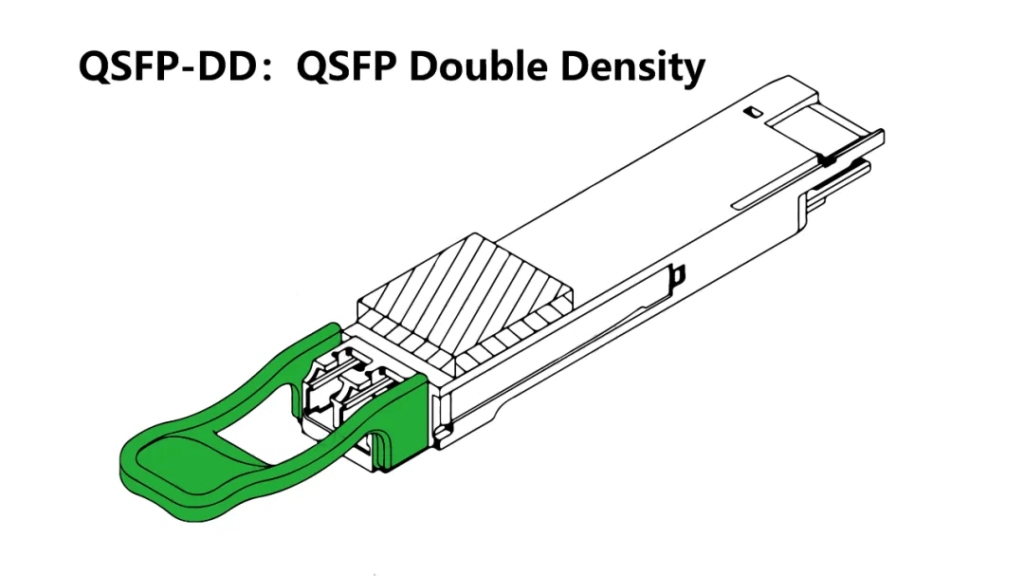
Currently, OSFP and QSFP-DD are the most popular choices for 400G modules, with CFP8 gradually losing market share.
In the 800G era, the QSFP-DD’s compact size presents challenges due to high thermal density, reducing its usage. Instead, the OSFP and its extended size variant, OSFP-XD, have become the primary form factor choices for 800G modules.
For 1.6T hot-pluggable modules, the OSFP-XD leads the way as the dominant form factor.

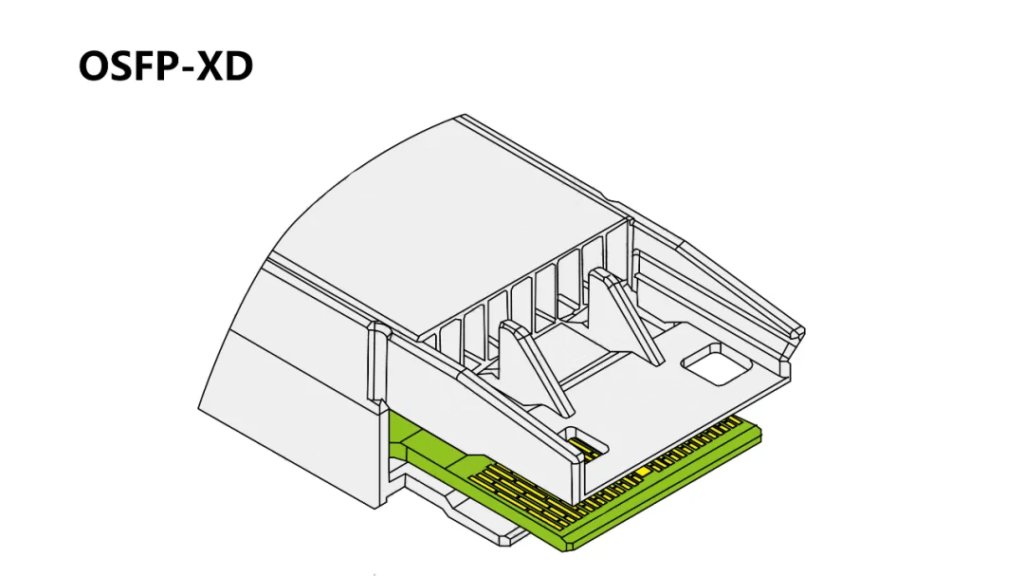
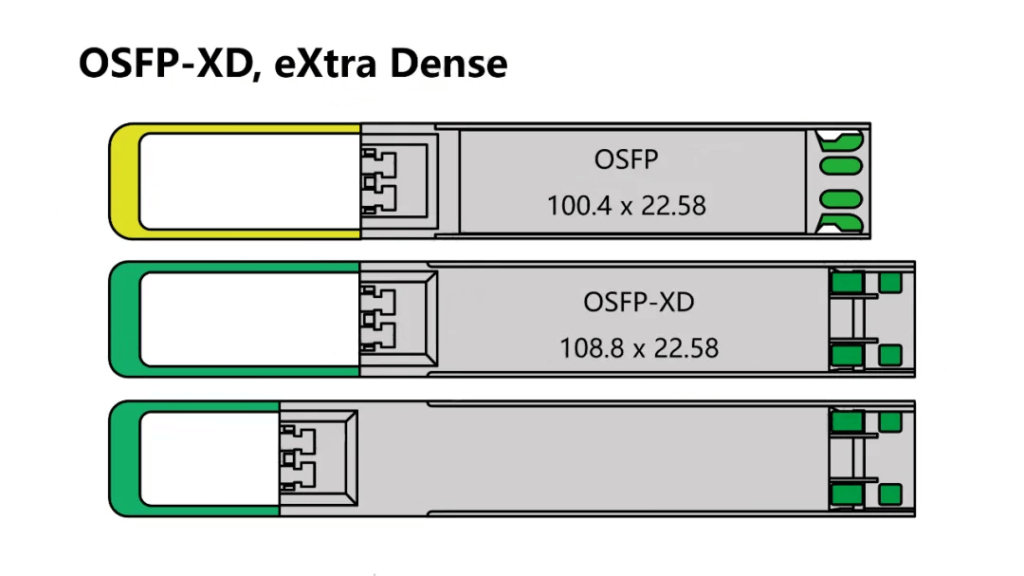
In 2021 and 2022, standardization efforts began for 3.2Tbps CPO optical modules designed for higher-density switching.
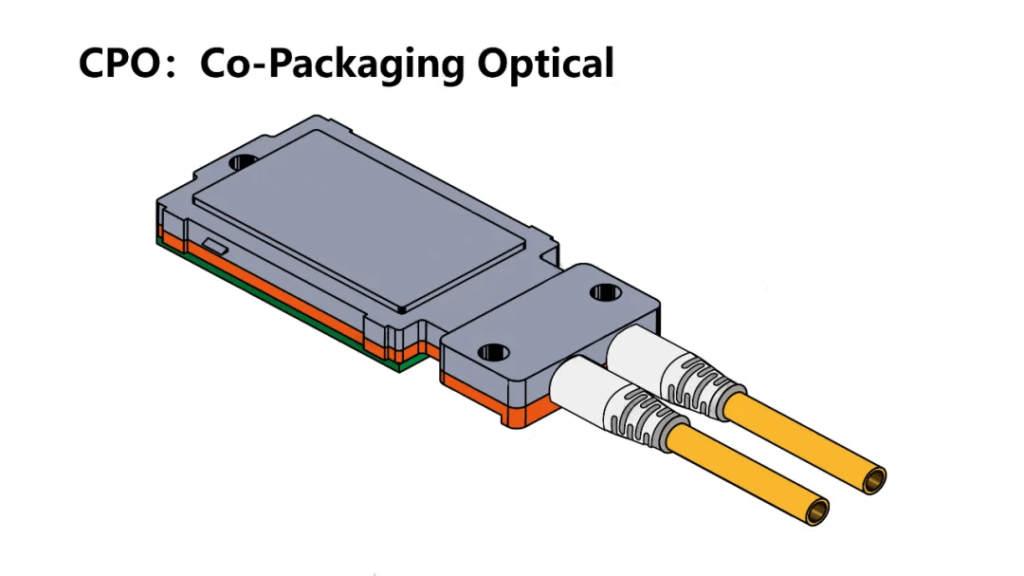
The compact size of CPO modules is achieved through the integration of silicon photonics technology. Many manufacturers choose to incorporate laser and detector components within the module or place lasers externally, maximizing the capacity-to-volume ratio of CPO modules.
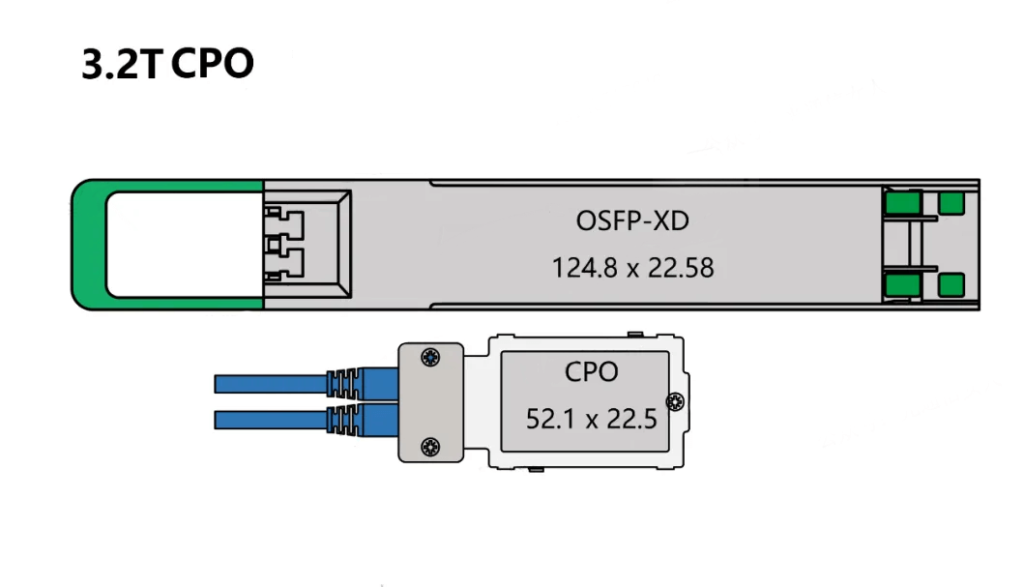
From 2011 to 2012, the coherent module industry began its initial phase. Early coherent modules were board-mounted designs, requiring large 300-pin form factors measuring 5 inches x 7 inches to accommodate modulators, light sources, mixers, balanced detectors, DSPs, and other components for coherent communication. These 100G coherent modules had power consumption reaching 80W.
Over time, the dimensions of coherent modules reduced from 5 inches x 7 inches to 4 inches x 5 inches. Further miniaturization of semiconductor modulators, semiconductor ICR structures, and DSP manufacturing processes facilitated the transition to hot-pluggable CFP and CFP2 modules.
By 2022, the 400GZR coherent module became available in the ultra-compact QSFP-DD form factor.
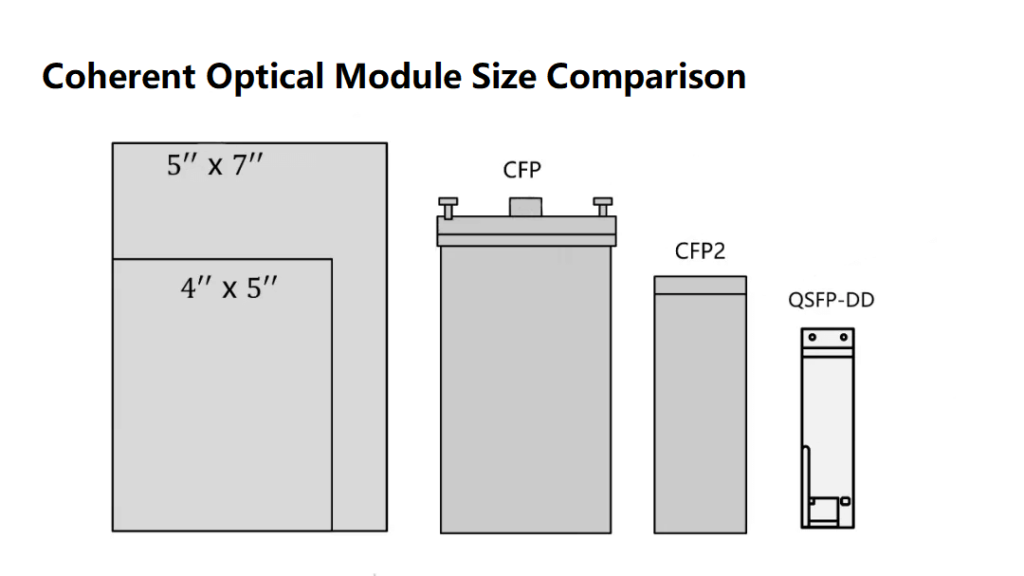
Related Products:
-
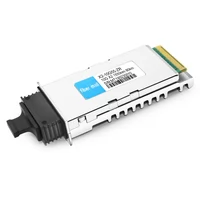 X2-10G55-ZR 10G X2 ZR 1550nm 80km SC SMF DDM Transceiver Module
$900.00
X2-10G55-ZR 10G X2 ZR 1550nm 80km SC SMF DDM Transceiver Module
$900.00
-
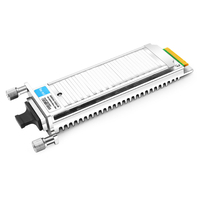 XENPAK-10G85-SR 10G XENPAK SR 850nm 300m SC MMF DDM Transceiver Module
$60.00
XENPAK-10G85-SR 10G XENPAK SR 850nm 300m SC MMF DDM Transceiver Module
$60.00
-
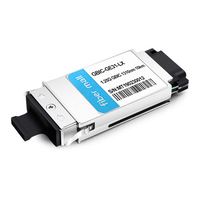 GBIC-GE31-LX 1000Base LX GBIC 1310nm 10km SMF SC Transceiver Module
$25.00
GBIC-GE31-LX 1000Base LX GBIC 1310nm 10km SMF SC Transceiver Module
$25.00
-
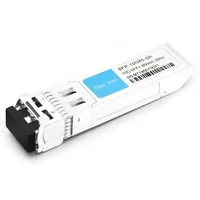 SFP-10G85-SR 10G SFP+ SR 850nm 300m LC MMF DDM Transceiver Module
$12.00
SFP-10G85-SR 10G SFP+ SR 850nm 300m LC MMF DDM Transceiver Module
$12.00
-
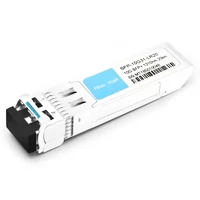 SFP-10G31-LR20 10G SFP+ LR 1310nm 20km LC SMF DDM Transceiver Module
$22.00
SFP-10G31-LR20 10G SFP+ LR 1310nm 20km LC SMF DDM Transceiver Module
$22.00
-
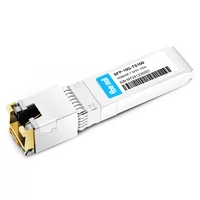 SFP-10G-TS100 10GBase-T Copper SFP+ to RJ45 100m Transceiver Module
$70.00
SFP-10G-TS100 10GBase-T Copper SFP+ to RJ45 100m Transceiver Module
$70.00
-
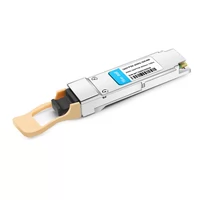 QSFP56-200G-SR4M 200G QSFP56 SR4 PAM4 850nm 100m MTP/MPO APC OM3 FEC Optical Transceiver Module
$200.00
QSFP56-200G-SR4M 200G QSFP56 SR4 PAM4 850nm 100m MTP/MPO APC OM3 FEC Optical Transceiver Module
$200.00
-
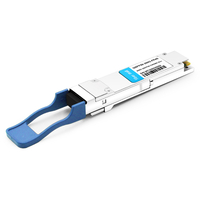 QSFP56-200G-FR4S 200G QSFP56 FR4 PAM4 CWDM4 2km LC SMF FEC Optical Transceiver Module
$650.00
QSFP56-200G-FR4S 200G QSFP56 FR4 PAM4 CWDM4 2km LC SMF FEC Optical Transceiver Module
$650.00
-
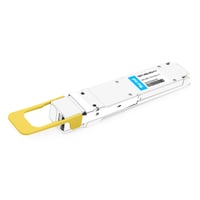 OSFP-400G-DR4-FLT 400G OSFP DR4 Flat Top PAM4 1310nm MTP/MPO-12 500m SMF FEC Optical Transceiver Module
$800.00
OSFP-400G-DR4-FLT 400G OSFP DR4 Flat Top PAM4 1310nm MTP/MPO-12 500m SMF FEC Optical Transceiver Module
$800.00
-
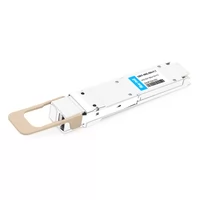 OSFP-400G-SR4-FLT 400G OSFP SR4 Flat Top PAM4 850nm 30m on OM3/50m on OM4 MTP/MPO-12 Multimode FEC Optical Transceiver Module
$650.00
OSFP-400G-SR4-FLT 400G OSFP SR4 Flat Top PAM4 850nm 30m on OM3/50m on OM4 MTP/MPO-12 Multimode FEC Optical Transceiver Module
$650.00
-
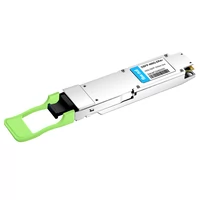 OSFP-400G-DR4+ 400G OSFP DR4+ 1310nm MPO-12 2km SMF Optical Transceiver Module
$879.00
OSFP-400G-DR4+ 400G OSFP DR4+ 1310nm MPO-12 2km SMF Optical Transceiver Module
$879.00
-
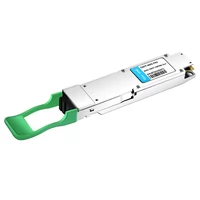 OSFP-400G-FR4 400G FR4 OSFP PAM4 CWDM4 2km LC SMF FEC Optical Transceiver Module
$900.00
OSFP-400G-FR4 400G FR4 OSFP PAM4 CWDM4 2km LC SMF FEC Optical Transceiver Module
$900.00
-
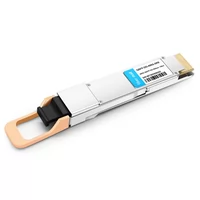 QSFP-DD-400G-SR8 400G QSFP-DD SR8 PAM4 850nm 100m MTP/MPO OM3 FEC Optical Transceiver Module
$180.00
QSFP-DD-400G-SR8 400G QSFP-DD SR8 PAM4 850nm 100m MTP/MPO OM3 FEC Optical Transceiver Module
$180.00
-
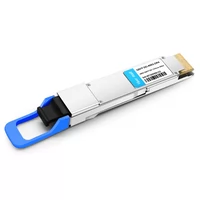 QSFP-DD-400G-DR4 400G QSFP-DD DR4 PAM4 1310nm 500m MTP/MPO SMF FEC Optical Transceiver Module
$450.00
QSFP-DD-400G-DR4 400G QSFP-DD DR4 PAM4 1310nm 500m MTP/MPO SMF FEC Optical Transceiver Module
$450.00
-
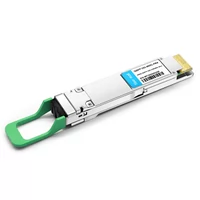 QSFP-DD-400G-FR4 400G QSFP-DD FR4 PAM4 CWDM4 2km LC SMF FEC Optical Transceiver Module
$600.00
QSFP-DD-400G-FR4 400G QSFP-DD FR4 PAM4 CWDM4 2km LC SMF FEC Optical Transceiver Module
$600.00
-
 QSFP-DD-400G-SR4.2 400Gb/s QSFP-DD SR4 BiDi PAM4 850nm/910nm 100m/150m OM4/OM5 MMF MPO-12 FEC Optical Transceiver Module
$1000.00
QSFP-DD-400G-SR4.2 400Gb/s QSFP-DD SR4 BiDi PAM4 850nm/910nm 100m/150m OM4/OM5 MMF MPO-12 FEC Optical Transceiver Module
$1000.00
-
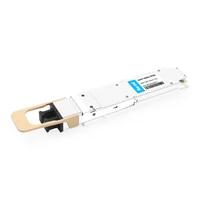 NVIDIA MMA4Z00-NS Compatible 800Gb/s Twin-port OSFP 2x400G SR8 PAM4 850nm 100m DOM Dual MPO-12 MMF Optical Transceiver Module
$750.00
NVIDIA MMA4Z00-NS Compatible 800Gb/s Twin-port OSFP 2x400G SR8 PAM4 850nm 100m DOM Dual MPO-12 MMF Optical Transceiver Module
$750.00
-
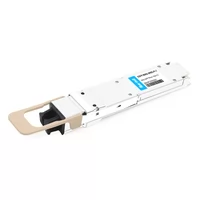 NVIDIA MMA4Z00-NS-FLT Compatible 800Gb/s Twin-port OSFP 2x400G SR8 PAM4 850nm 100m DOM Dual MPO-12 MMF Optical Transceiver Module
$850.00
NVIDIA MMA4Z00-NS-FLT Compatible 800Gb/s Twin-port OSFP 2x400G SR8 PAM4 850nm 100m DOM Dual MPO-12 MMF Optical Transceiver Module
$850.00
-
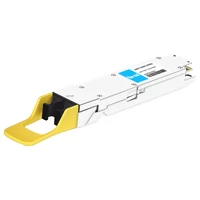 NVIDIA MMS4X00-NM Compatible 800Gb/s Twin-port OSFP 2x400G PAM4 1310nm 500m DOM Dual MTP/MPO-12 SMF Optical Transceiver Module
$1100.00
NVIDIA MMS4X00-NM Compatible 800Gb/s Twin-port OSFP 2x400G PAM4 1310nm 500m DOM Dual MTP/MPO-12 SMF Optical Transceiver Module
$1100.00
-
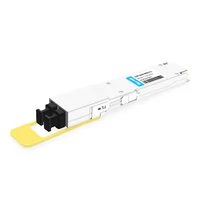 NVIDIA MMS4X00-NM-FLT Compatible 800G Twin-port OSFP 2x400G Flat Top PAM4 1310nm 500m DOM Dual MTP/MPO-12 SMF Optical Transceiver Module
$1200.00
NVIDIA MMS4X00-NM-FLT Compatible 800G Twin-port OSFP 2x400G Flat Top PAM4 1310nm 500m DOM Dual MTP/MPO-12 SMF Optical Transceiver Module
$1200.00
Related posts:
- Next-Gen Data Transfer: SFP112/QSFP112/QSFP-DD800/OSFP 800G DAC
- Everything You Need to Know About CWDM Transceivers: From SFP Modules to 80km Optical Fiber Connectivity
- The Ultimate Guide to SGMII SFP Transceivers: Everything You Need to Know About Optical Transceivers and Ethernet Ports
- Unraveling the World of 400ZR: Enhancing DCI Networks with QSFP-DD and DWDM up to 120km.
